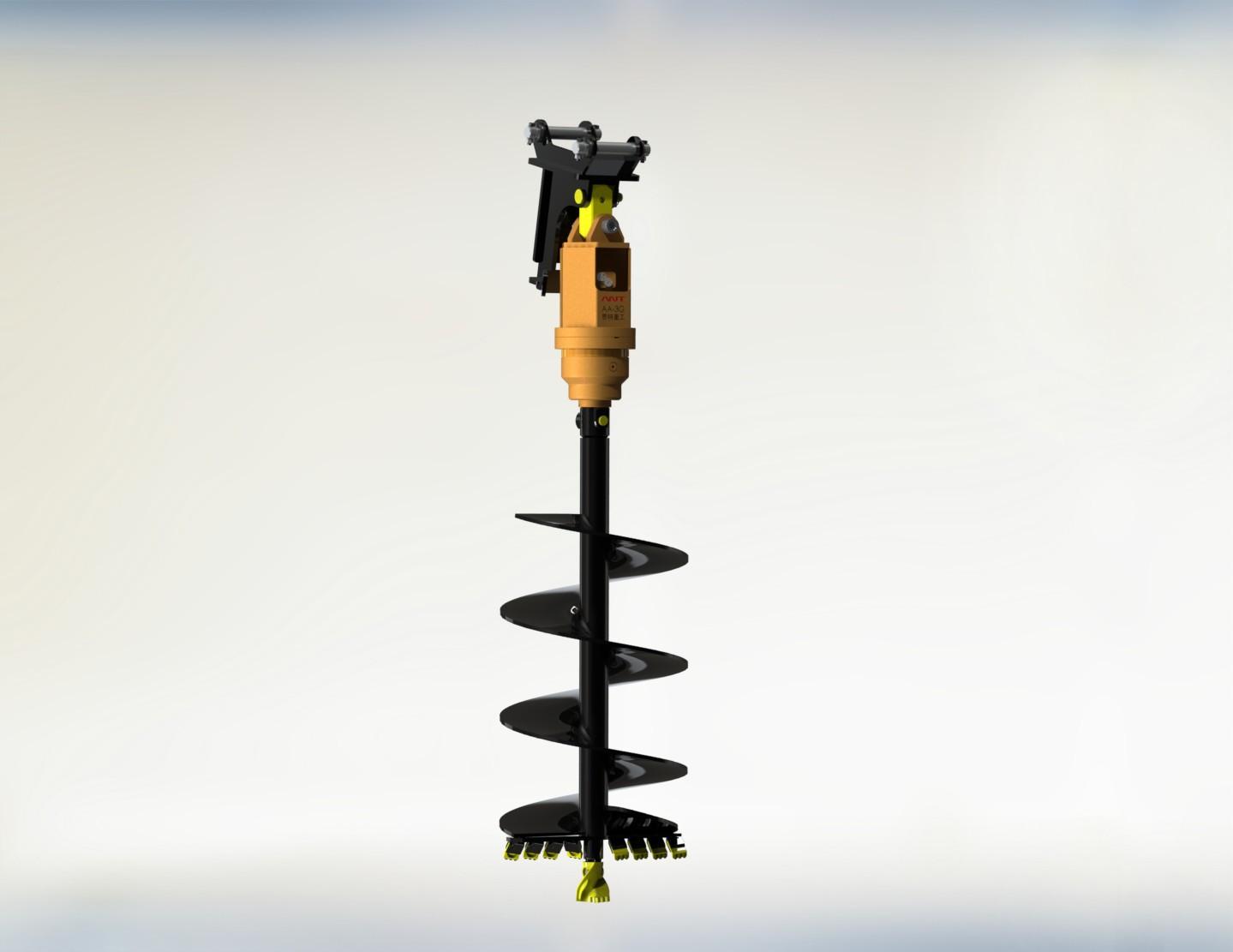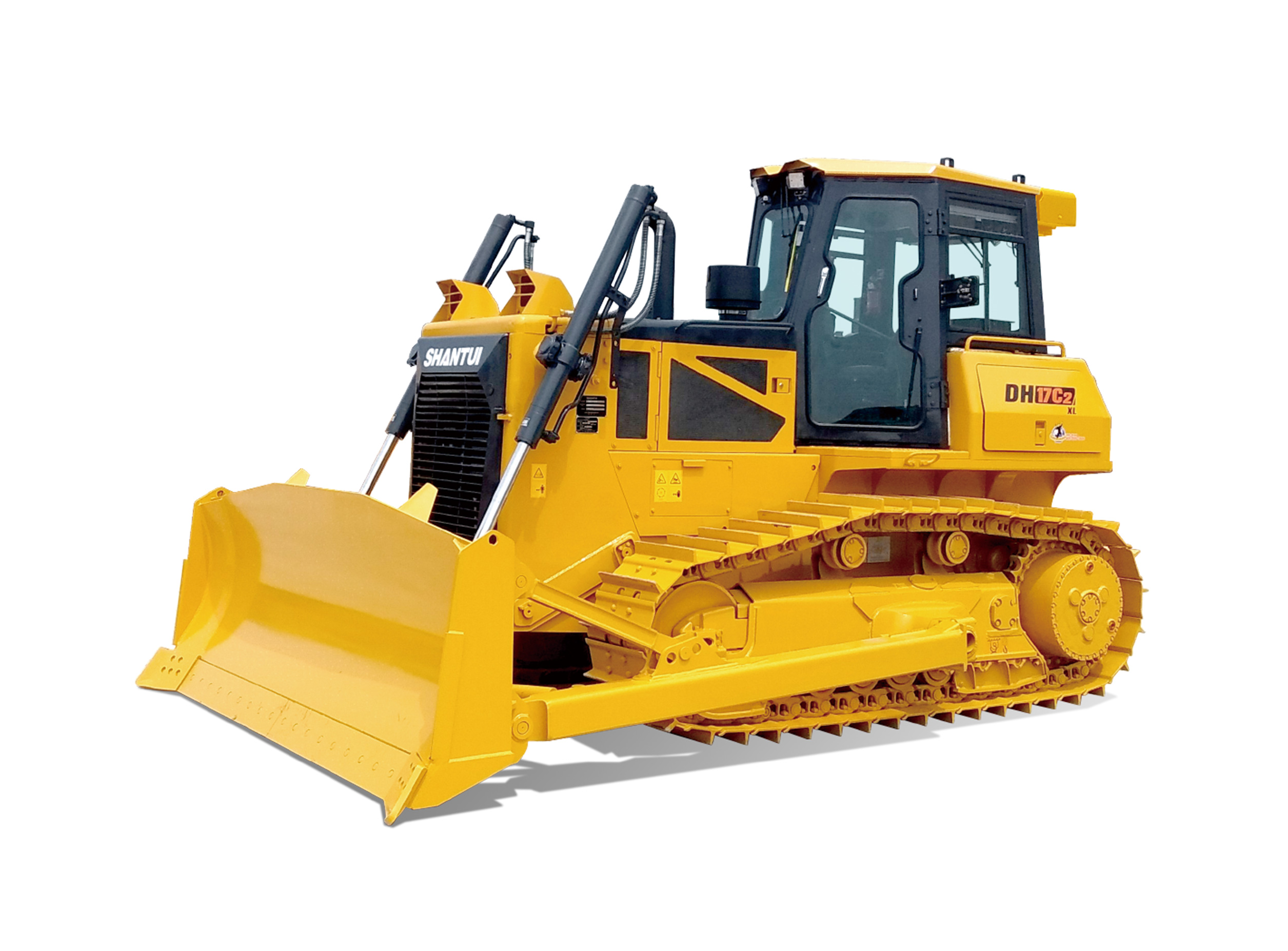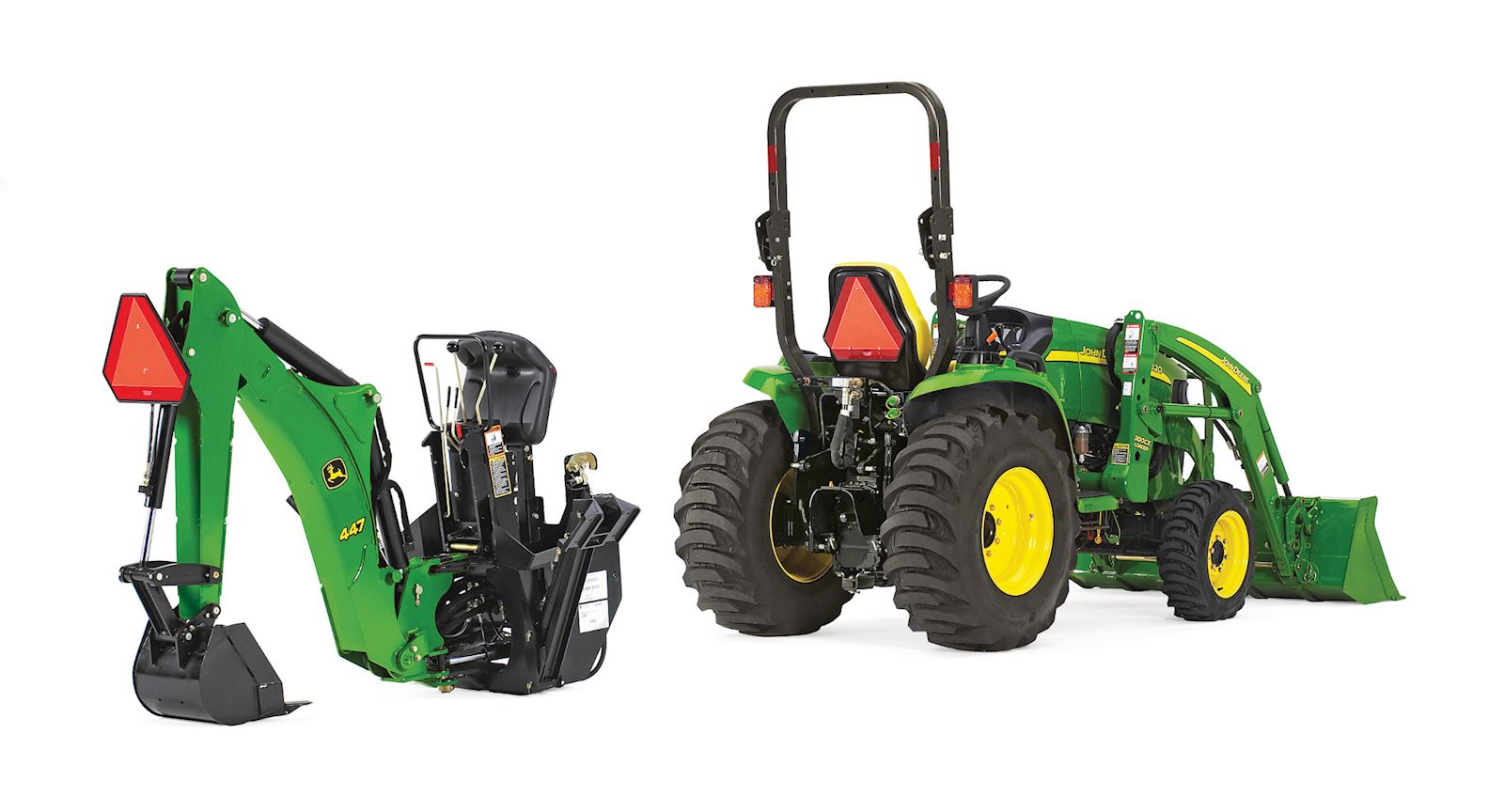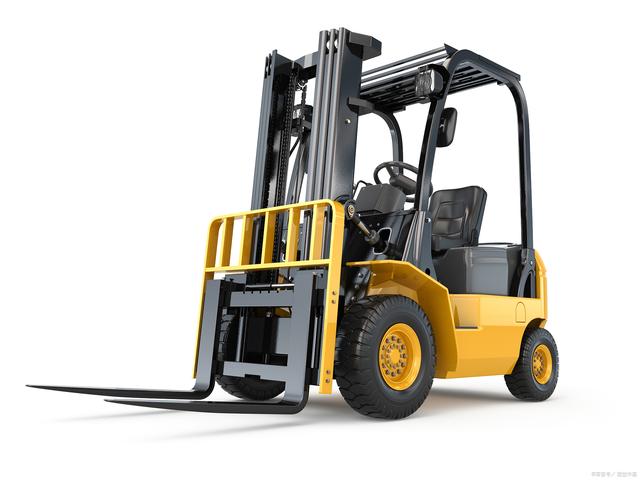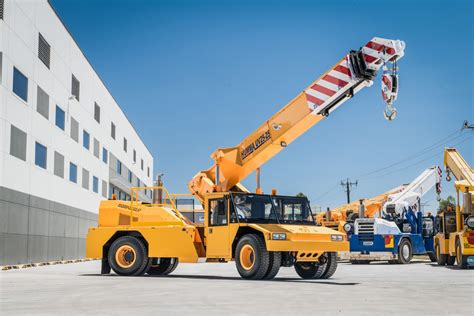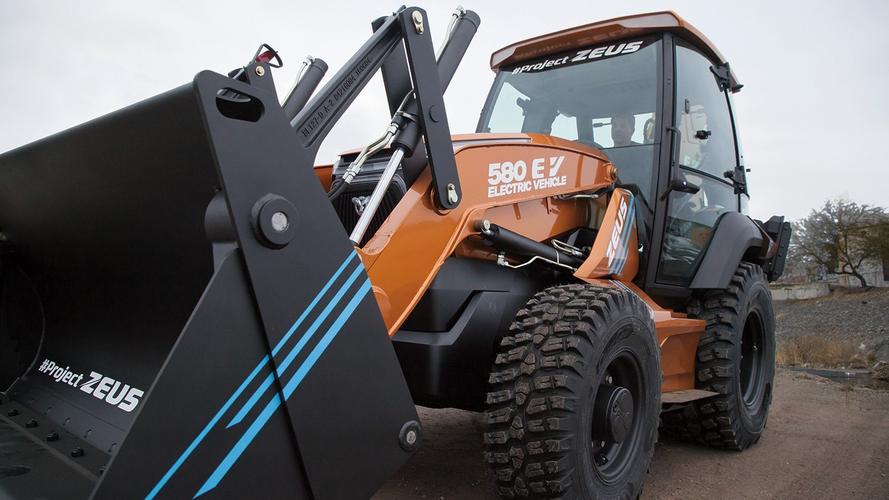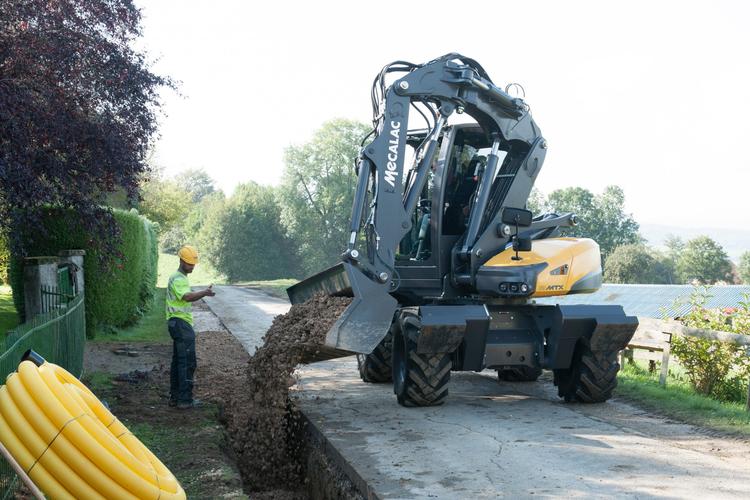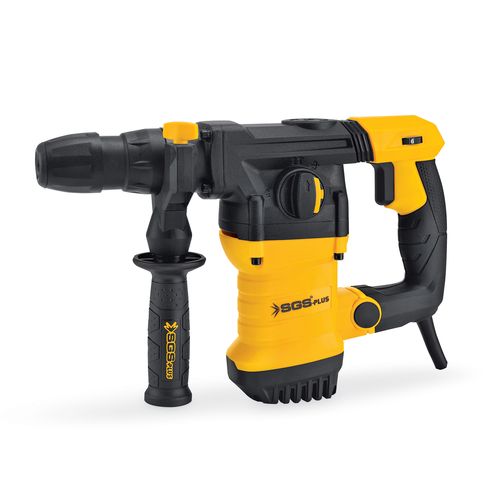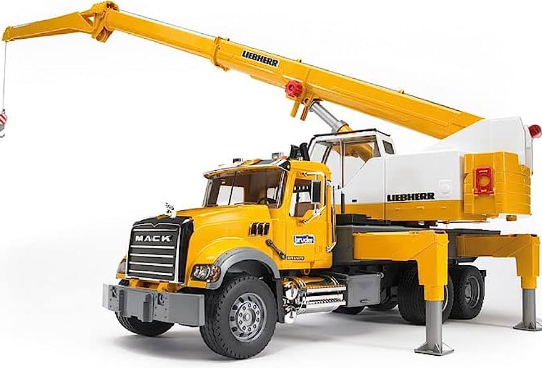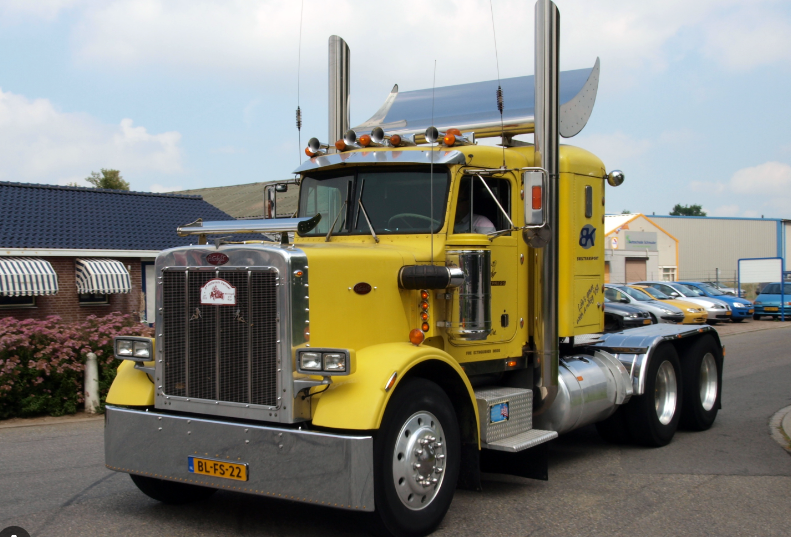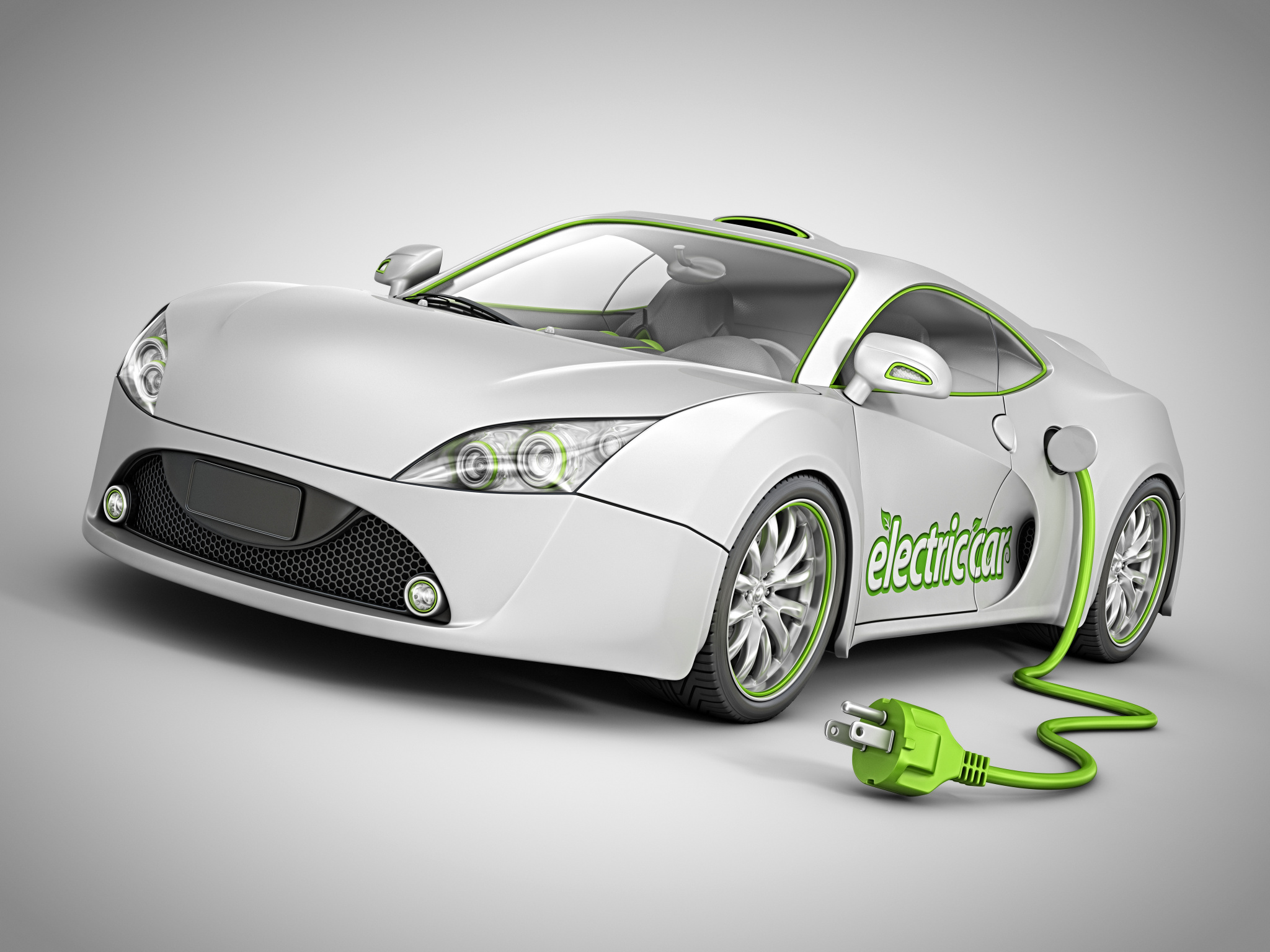When it comes to plowing, choosing the right tractor is crucial. The size of the tractor is a major factor in determining how much power you have to plow the field, and how efficiently you can get the job done. But how big of a tractor do you actually need? This article will explore the different factors that influence the size of the tractor you should choose, and how to make the best choice for your plowing needs.
Factors to Consider
There are several factors to consider when choosing the size of the tractor for plowing:
Size of the Field
The size of the field you are plowing is perhaps the most important factor to consider. If you are working on a small plot of land, a small tractor with less horsepower may be sufficient. However, for larger fields, you will need a larger tractor to provide the necessary power to plow efficiently.
Type of Soil
The type of soil you are working with will also impact the size of the tractor needed. Soil that is loose and sandy will require a smaller tractor with less horsepower, while clay and rocky soil will require a larger tractor with more power.
Weather Conditions
Different weather conditions can also influence the size of the tractor needed for plowing. If you are working in wet and muddy conditions, you will need a larger tractor with more horsepower to avoid getting stuck. On the other hand, if the weather is dry, a smaller tractor with less horsepower may be sufficient.
Personal Preferences
Your personal preferences and comfort level are also important considerations. If you prefer a larger and more comfortable tractor, you may opt for a larger size even if it is not strictly necessary for the size of the field or type of soil you are working with.
Choosing the Right Size
Based on the above factors, it is clear that there is no one universally right size of tractor for plowing. It all depends on your specific needs and circumstances. However, there are some general guidelines you can follow:
1. Small Tractors (<20 HP)
Small tractors are great for working on small plots of land, such as home gardens, small farms, and other areas with limited space. They are also ideal for working with sandy or loose soil that does not require as much power or traction. Small tractors are affordable, easy to operate, and maneuver around tight corners, making them a good choice for beginners.
2. Medium Tractors (20-50 HP)
Medium tractors are suitable for working on medium-sized fields, typically between 5 and 20 acres. They are more powerful than small tractors, making them ideal for working with denser and heavier soil types. They are also more versatile, as they are capable of handling a range of attachments and implements, including plows, cultivators, and mowers.
3. Large Tractors (>50 HP)
Large tractors are designed for bigger jobs, such as working on large farms and fields over 20 acres in size. They are the most powerful and efficient option, making them ideal for heavy-duty work, including plowing and hauling. They are also capable of handling wider and heavier implements, making it possible to get more work done in less time.
Conclusion
Choosing the right size of tractor for plowing depends on a variety of factors, including the size of the field, type of soil, weather conditions, and personal preferences. Small tractors are suitable for working on small plots of land with loose soil, while medium tractors are better for medium-sized fields and heavier soil types. Large tractors are the most powerful and efficient option for heavy-duty work and large fields. By considering these factors, you can make an informed decision and choose the best tractor to meet your plowing needs.

